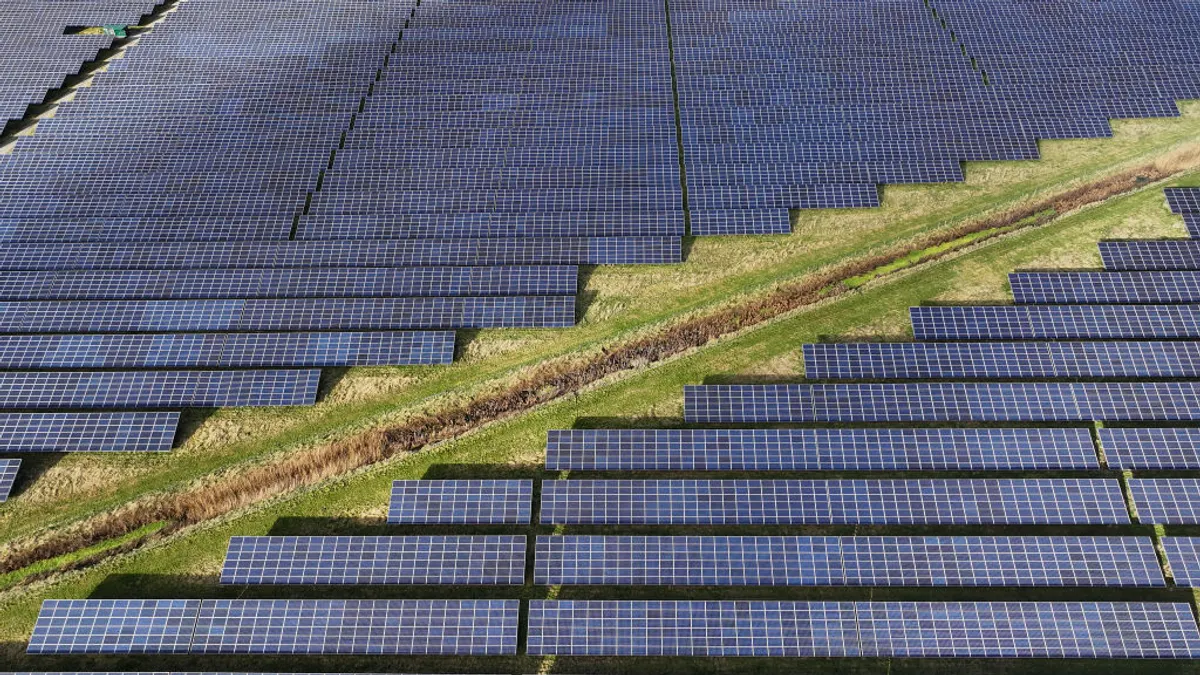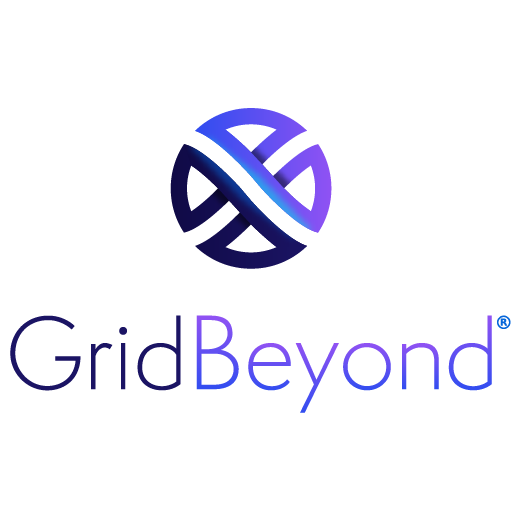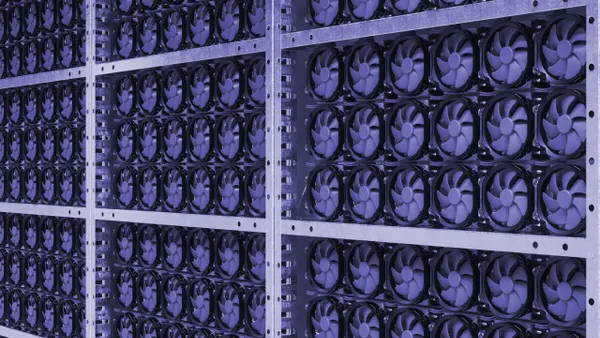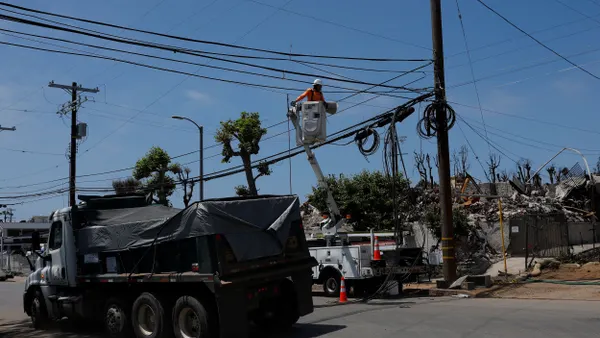Dive Brief:
-
Sempra Energy, whose subsidiary Southern California Gas (SoCalGas) is the largest gas utility in the nation, is "quite bullish" on the role that hydrogen will play in California's energy landscape, and wants to position itself to be a leader in the space, company executives said on an earnings call Wednesday.
-
The company sees opportunities in power generation, industrial processes, and fueling heavy-duty transportation, Kevin Sagara, Sempra group president, said, adding that the company will be announcing several hydrogen projects in the upcoming quarters.
-
The effort comes as California regulators anticipate a drop in natural gas demand, due to a wave of local policies to reduce greenhouse gas emissions. Earlier this year, the California Public Utilities Commission (CPUC) opened a rulemaking that will eventually craft a long-term policy for the transition away from natural gas.
Dive Insight:
The CPUC's rulemaking, launched in January, is being held in three phases. In the first two, regulators intend to take a closer look at reliability standards and coordination between gas utilities and generators. The last phase will focus on implementing a long-term policy for the state's transition away from natural gas.
However, when asked about this on the call, Sempra Board Chairman and CEO Jeffrey Martin said that consultants and political leadership seem to recognize that natural gas will play a long-term role in California and U.S. energy policy. Electrification measures would likely necessitate producing "two or three or four times electricity [than] we currently produce," he said, which would in turn require more natural gas for power production.
"Electrification is a big deal both in the U.S. and in California, and natural gas — particularly in power production — will more than likely increase rather than decrease," Martin said.
Some environmental advocates, however, are skeptical about that. With the combination of California's renewables portfolio standard, efforts to electrify buildings with more efficient technologies like heat pump water heaters, and demand response technologies, "gas demand is going to go down substantially," Matt Vespa, a staff attorney with Earthjustice, said.
Vespa pointed to Sempra's 10-Q filing, in which the company — which also owns San Diego Gas & Electric (SDG&E) — said that "a substantial reduction or the elimination of natural gas as an energy source in California could have a material adverse effect on SDG&E's, SoCalGas' and Sempra Energy's cash flows, financial condition and results of operations."
Last week, SoCalGas filed a lawsuit against the California Energy Commission in a county court, contending that the agency has not promoted natural gas as per a state law, the Los Angeles Times reported.
The company reported earnings of $2.2 billion — or $7.61 per diluted share — in the second quarter, compared to $354 million for the same period last year, after selling its South American businesses in June. The strong results are "a credit to the dedication and teamwork of our employees who have continued to deliver for our stakeholders amid the pandemic and a challenging economic backdrop," Martin said in a statement.
On the hydrogen front, Sempra is taking multiple steps, including taking leadership positions in major hydrogen trade associations and collaborating with countries like Japan and Germany, which lead in the technology, Martin said.
"[O]ver the last three to five years, this has been a priority in our company. So, we own the largest natural gas franchise in the Western hemisphere… and we made the decision in the last several years that we will lead in this space," Martin said.
When asked by analysts when the company thinks green hydrogen will be economically viable, Martin said it would be at best the second half of this decade, depending on the cost curve as well as research and development advances.
"I think given that uncertainty, it's important that not just Sempra, but a lot of other companies spend time and resources here, because I think we have the chance to impact that cost curve and impact the commercial viability of green hydrogen," Martin said.
There are some niche uses for green hydrogen, particularly in industrial processes that currently use hydrogen made from natural gas, Vespa said. However, hydrogen can only be injected into pipelines in very small amounts because it corrodes them, he added, and many upstream appliances can be sensitive to hydrogen blends.
"It's also not the most efficient use, because you can electrify — why would you spend all this money to make hydrogen when you can power something off a clean grid?" Vespa said.














